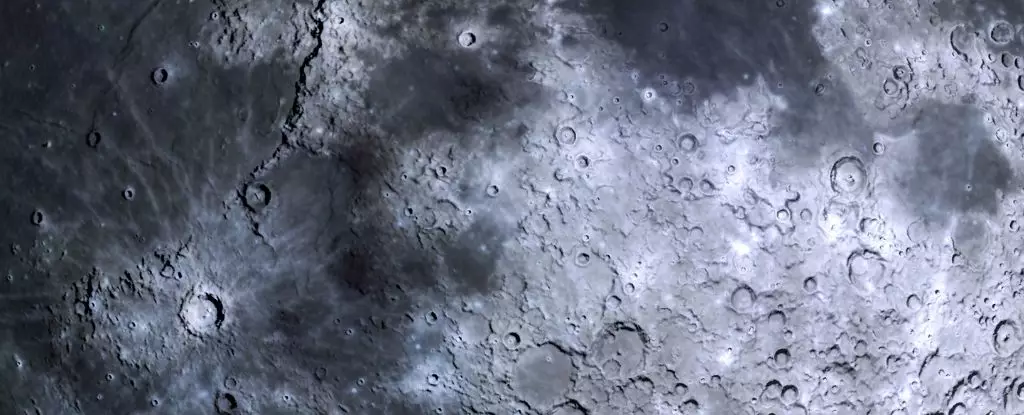The Moon, a celestial body often perceived as an inert and lifeless entity from our position on Earth, may harbor a more dynamic history than previously thought. Recent research by scientists at the University of Maryland (UMD) has uncovered evidence of geological activity on the lunar surface that dates to as recently as 14 million years ago. This revelation challenges the long-standing belief that the Moon has been geologically inactive for billions of years, sparking discussions around the implications of such findings for our understanding of the Moon’s evolution.
Traditionally, scientists believed that the majority of the Moon’s geological activity ceased around 3 billion years ago. The assumption was that its surface, once once smoothed over by significant volcanic activity and a primordial magma ocean, had settled into a long period of dormancy. As geologist Jaclyn Clark from UMD notes, seismic and volcanic activity was presumed to have dissipated substantially thereafter. However, the nature of geological formations previously thought to be ancient is now being reassessed with the discovery of tectonic features that appear to have formed in the last couple of hundred million years.
The study reveals the existence of 266 small ridges on the Moon’s far side, a realm that often goes unexamined due to its unobservable nature from Earth. These ridges, significant for their proximity to young geological formations, challenge the notion that the Moon’s geological history is relegated to ancient events. Instead, the discovery opens up discussions about ongoing geological processes in the context of lunar geology.
The far side of the Moon has often been regarded as a geological enigma, with its unique maria—vast plains formed from ancient volcanic processes—revealing little about its dynamic history. While these maria appear to be remnants of violent impacts and volcanic activity from billions of years ago, the new findings suggest that the geological narrative is far more complex. By employing advanced mapping and modeling techniques, UMD researchers identified features cutting through young impact craters, indicating a more recent geological interplay than previously imagined.
What remains critical here is the relationship between crater count and surface age. Clark points out that surfaces with a higher density of craters tend to be older. However, the analysis of the ridges across the Moon’s surface reveals a conundrum: the evidence of relatively young geological forms suggests continued tectonic activity. These formations serve as a counter-argument to the idea that lunar geological events ceased millions of years ago.
Understanding the Moon’s geological activity carries far-reaching implications, particularly in the context of future space exploration. As scientists grapple with the possibility that the Moon may still be evolving, it emphasizes the need for more comprehensive studies of its surface and interior structures. Future lunar missions will undoubtedly seek to explore this geological activity directly, using tools capable of analyzing and confirming ongoing processes.
In addition to enhancing our understanding of the Moon, this renewed focus on lunar geology may provide insights into other celestial bodies. Just as our Moon displays unexpected geological features, it raises the question of whether other seemingly inert planets and moons in our solar system may harbor similar secrets.
The discovery of geological features on the Moon that formed as recently as 14 million years ago calls for a reevaluation of what we think we know about our nearest celestial neighbor. While this research is just the beginning, it urges a broader dialogue on the Moon’s geological history and its implications for future exploration. The Moon, far from being a static relic of the past, may still have much to teach us about planetary processes and the dynamics of our solar system. As scientists continue to delve deeper into lunar research, the understanding of the Moon is poised to evolve, reflecting the dynamic and ever-changing nature of our universe.


Leave a Reply